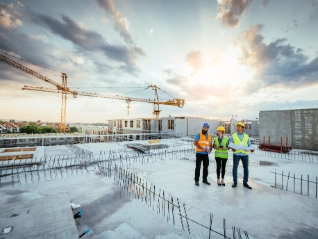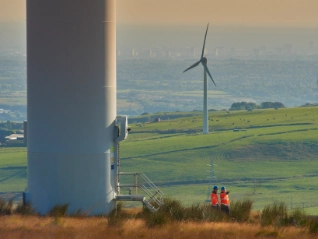Atradius Atrium
Get direct access to your policy information, credit limit application tools and insights.
 Ireland offices
Ireland offices













Load more
Viewing 7 out of 140






Load more
Viewing 7 out of 25







Load more
Viewing 7 out of 12














Load more
Viewing 7 out of 9
